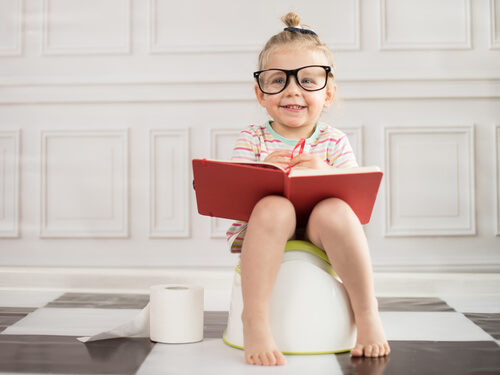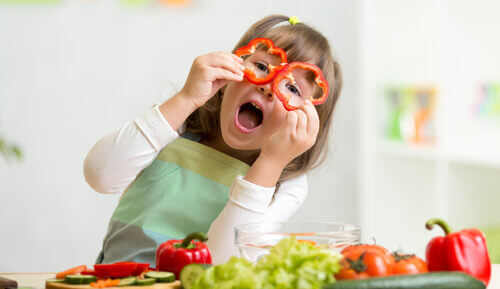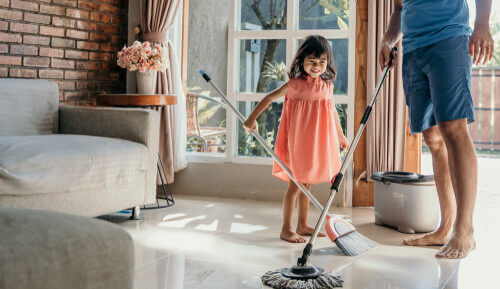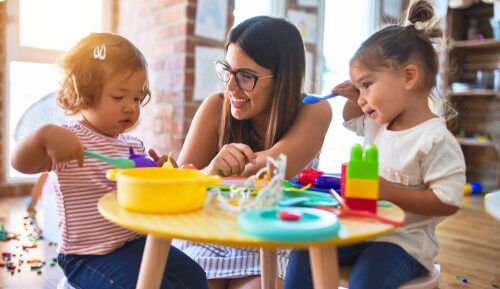
Table of contents
- Best age for potty training
- 1. Get them excited about potty training
- 2. Establish a signal that they need to go
- 3. Start with sitting for boys
- 4. Stick to a routine
- 5. Potty-training at night-time
- 6. Avoid pull ups if possible
- 7. Make it fun
- 8. Give your child lots of praise
- 9. Be consistent with their nursery’s methods
- 10. Be patient with your child and with yourself
Table of contents
- Best age for potty training
- 1. Get them excited about potty training
- 2. Establish a signal that they need to go
- 3. Start with sitting for boys
- 4. Stick to a routine
- 5. Potty-training at night-time
- 6. Avoid pull ups if possible
- 7. Make it fun
- 8. Give your child lots of praise
- 9. Be consistent with their nursery’s methods
- 10. Be patient with your child and with yourself
A move to more child-led parenting and a rise in the number of working parents has meant potty training is taking place a lot later.. Children who use reusable nappies tend to be potty trained earlier.
The average age for potty training has gone from 2.5 years to 3.5 years in less than 20 years, according to a recent YouGov survey.
Best age for potty training
It is probably best to wait until the age of between eighteen months to two years to start. But don’t feel pressured by what other parents are doing as you should start when you feel your child is ready. If you start too early for your child, the whole process will take a lot longer.
You will know the time is right for potty training when your child becomes aware of needing to poo or wee. They may tell you when they need to, ask you to change their nappy or take it off themselves.
It can be easier to do it in the summer when they can run around with less clothes on.
Some parents choose to skip a potty altogether and get their child straight onto the toilet. You can buy steps and child toilet seats so they don’t fall in.
1. Get them excited about potty training
Children are often excited to stop wearing nappies as they like being more grown up. To boost your child’s enthusiasm further and help them to remember what to do when they need to go, try making potty training an exciting activity.
- Play with them and have their toys or dolls ‘use’ the potty.
- Read books about potty training, there are plenty available online. Or you could adjust your current stories to add lots of toilet time in (e.g. Little Red Riding Hood went to the loo like a big girl before going to see Grandma).
- Take them shopping for pants and let them choose.
- Get a potty training sticker book for them to collect stickers in every time they use it.
2. Establish a signal that they need to go
Your child might be happy to boldly declare in public that they need a poo, or they might be shy. Either way, establishing a secret signal that they need the toilet could save accidents and embarrassment.
The British Sign Language sign for ‘toilet’ is using the index finger of one hand to tap the palm of the other hand twice. Other signals might include waving a fist, tapping their chest with their fist or even using a code word.
3. Start with sitting for boys
Learning to use the toilet or potty at the same time as learning the hand-eye coordination it takes to aim can be too much for boys to learn all at once. Start with sitting and move on to standing when they are ready. Once they are, stickers in the toilet to aim at can turn it into a game.
4. Stick to a routine
In nappies, your child has simply gone whenever they needed to. Learning to anticipate when they need to go to the toilet and not leaving it until they’re bursting is a skill in itself.
Getting into a routine of going to the toilet will help them learn this. For example, your routine might be getting them to use the potty first thing in the morning, before going out and as soon as they get home, to avoid them getting distracted by playing.
Tell anybody who cares for them, such as grandparents or their key person at nursery, about the routine and ask them to follow it.
Remember to include handwashing in the routine.
5. Potty-training at night-time
Getting your child potty trained for nights is a whole different kettle of fish to daytime. Your child is not accustomed to waking up to wee in the night and getting used to this will take longer.
To aid night-time potty training, try adding the following to your routine:
- Get them to use the potty as part of their bedtime routine.
- Avoid giving them anything to drink to close to bed time.
- Make walking to the bathroom in the night as easy as possible for them. Some children are scared of the dark so nightlights or having the potty in their room can help.
Your child may wake you up to go with them for a while, but this should pass as they get more confident.
6. Avoid pull ups if possible
Using pull ups for accidents can work for some parents but often children will not notice any difference between their pull ups and a nappy, which will slow progress. While going straight to pants will mean a bit of cleaning up to begin with, it will get them potty trained much faster.
Night time or long car journeys may require pull ups for a while. When driving, try teaching your child the traffic light way of describing how desperate they are for the toilet. Green for fine, amber (or just orange) for they need it but can wait, red for bursting.
7. Make it fun
Making using the potty a fun experience is a huge motivator for your child to do it. Many parents swear by making up a potty song to sing together, while others put picture-changing stickers or food colouring in the potty so their child can watch it change.
Entertainment is particularly important with pooing. Having to take longer away from playing may cause your child to choose to just go in their nappy instead.
8. Give your child lots of praise
Lots of positive encouragement and praise will build your child’s confidence. Make sure to praise them for even trying to use the potty and don’t scold them for accidents. Show how impressed you are with how grown up they are when they do get it right.
9. Be consistent with their nursery’s methods
If your child’s nursery uses different methods for potty training, this can be extremely confusing for your child. For example, if you reward your child each time they succeed with a sweet but the nursery doesn’t, this may cause tantrums or even deplete their interest in potty training.
Speak to the nursery about their methods. Yours don’t have to be identical but it’s best if they’re similar.
10. Be patient with your child and with yourself
It can take more than one attempt to successfully potty train your child. Some children are ready at 18 months old while others can be 3 by the time they master it. If you’ve been trying for some time and there are still a lot of accidents, they may just not be ready. There’s nothing wrong with going back to nappies and trying again in a couple of months, as long as they’re fully potty trained well before they start school.
Just because your friend boasts that their child picked it up in a day, doesn’t mean you or your child are slow. Competing with other parents or children won’t help.
Remember that the job isn’t done once they’re going to the toilet by themselves every time, they need to be able to properly wipe too.


